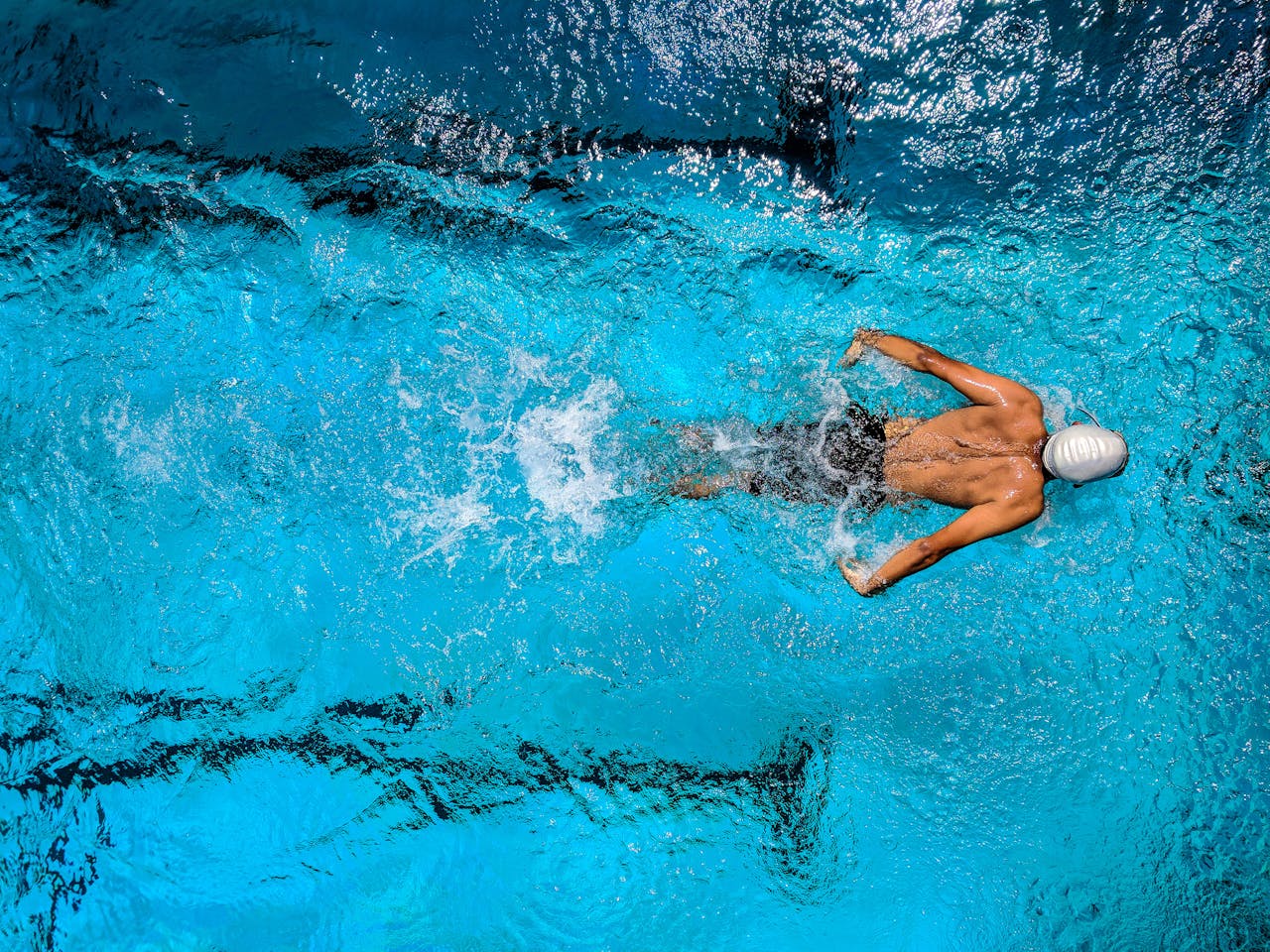
Photo by Guduru Ajay bhargav
Sports are a fantastic way to stay active, challenge oneself, and connect with a community, but engaging in physical activities can come with a fair share of risk. Whether minor or severe, injuries are often an unwelcome reality for recreational and professional athletes. Fortunately, with the proper preventive measures and awareness, the likelihood of sports injuries can be significantly reduced. Seeking timely guidance from a Sports Medicine Clinic can be a valuable step in prevention and recovery, as these clinics specialize in treating sports-related conditions, helping individuals heal faster and return to their activities safely. In this post, we’ll explore some of the most common sports injuries, along with practical ways to avoid them, so that you can continue to enjoy the sports you love.
Understanding the Most Common Sports Injuries
Sports injuries differ by the type of sport, the intensity of the competition, and the physical ability of the player. However, certain types of injuries are more likely to be experienced by everyone because of muscle use, stress, or misuse of the joints.
A sprained ankle is the most common injury, especially in sports involving fast movements in different directions or jumping, such as basketball, soccer, or tennis. An ankle sprain is an injury affecting the ligaments that support the ankle that results from a twist. Depending on the level of the affected ligament, this type of injury may be acute or chronic. The first step typically includes rest, ice, compression, and elevation (RICE) techniques to minimize inflammation and pain.
Knee problems are also common, especially in those activities that require twisting or jumping movements. The knee joint is rather intricate since it is formed of ligaments, cartilage, and bones, which afford stability and flexibility to the joint. However, this structure also leaves the knee vulnerable to ligament injuries, especially the ACL and MCL. ACL tear, for example, may need surgery and a very long time to rehabilitate – a process that can be very difficult for athletes of any caliber.
Shrug injuries are also possible, especially in sporting activities that demand repetitive overhead movements, such as swimming, baseball, or volleyball. Some shoulder pains are mild, while others, such as rotator cuff tears, could be severe. The shoulder joint is one of the most flexible in the body, but it is also one of the weakest and most likely to be dislocated or strained. Damage in this region has implications not only for athletic activities but also for everyday activities.
Techniques to Prevent Sports Injuries
It is important to note that preventing sports injuries does not involve wearing appropriate sports gear or performing simple stretching exercises. Injury prevention encompasses fitness, form, and frequency of practice intended to keep the body in good health and prevent overstretching of the muscles.
First of all, warm-ups should be done correctly, without fail. As much as it may be convenient to forego a warm-up and get straight into training, there are consequences. A good warm-up increases the heartbeat and mobilizes muscles for the intended exercise. Some warm-up exercises include running on the spot, toe taps, leg swings, and jumping on the spot or bouncing. The purpose is to eliminate muscle tightness, increase the joint’s mobility, and prepare them for the range of motions during the sport.
However, strengthening exercises can also go a long way toward preventing injuries and warming up. Specialized workouts for the muscles around the joints, for example, the knee and shoulder joints, give a better hold and thus lessen the probability of a break. For instance, muscle strengthening exercises on the knee joint can help reduce the pressure on the ACL during activities that require force, such as jumping. In contrast, shoulder joint exercises can help increase stability and fatigue resistance during overhead movements. Flexibility is also essential because it helps support the body’s core strength, which in turn helps in the proper alignment of the body during sports.
When to Get Professional Assistance
Even the best precautions can still lead to an accident. Understanding when to consult a doctor is essential to ensuring a complete recovery. Continued pain, lack of function, or the appearance of edema usually indicate that the patient needs further medical interventions. In such situations, a sports medicine clinic can help diagnose and manage the injury.
These clinics provide treatments for injuries related to sporting activities and have specialists who ensure the patient gains full use of the affected part and can return to sporting activities. It is crucial to seek professional help from the start of an injury so that later on, there will not be additional consequences and a safe recovery plan will be in place.
Conclusion
Engaging in sports is one of the best ways to stay physically and mentally healthy, but it also comes with risks. Common sports injuries involving the ankle, knee, shoulder, or shin are often preventable with the proper habits and precautions. By implementing a balanced approach that includes warm-ups, strengthening exercises, proper technique, and attentive rest, athletes can enjoy sports’ physical and mental benefits while reducing the likelihood of injury. For those times when injuries do occur, visiting a sports medicine clinic offers a professional solution to ensure safe and effective recovery.
